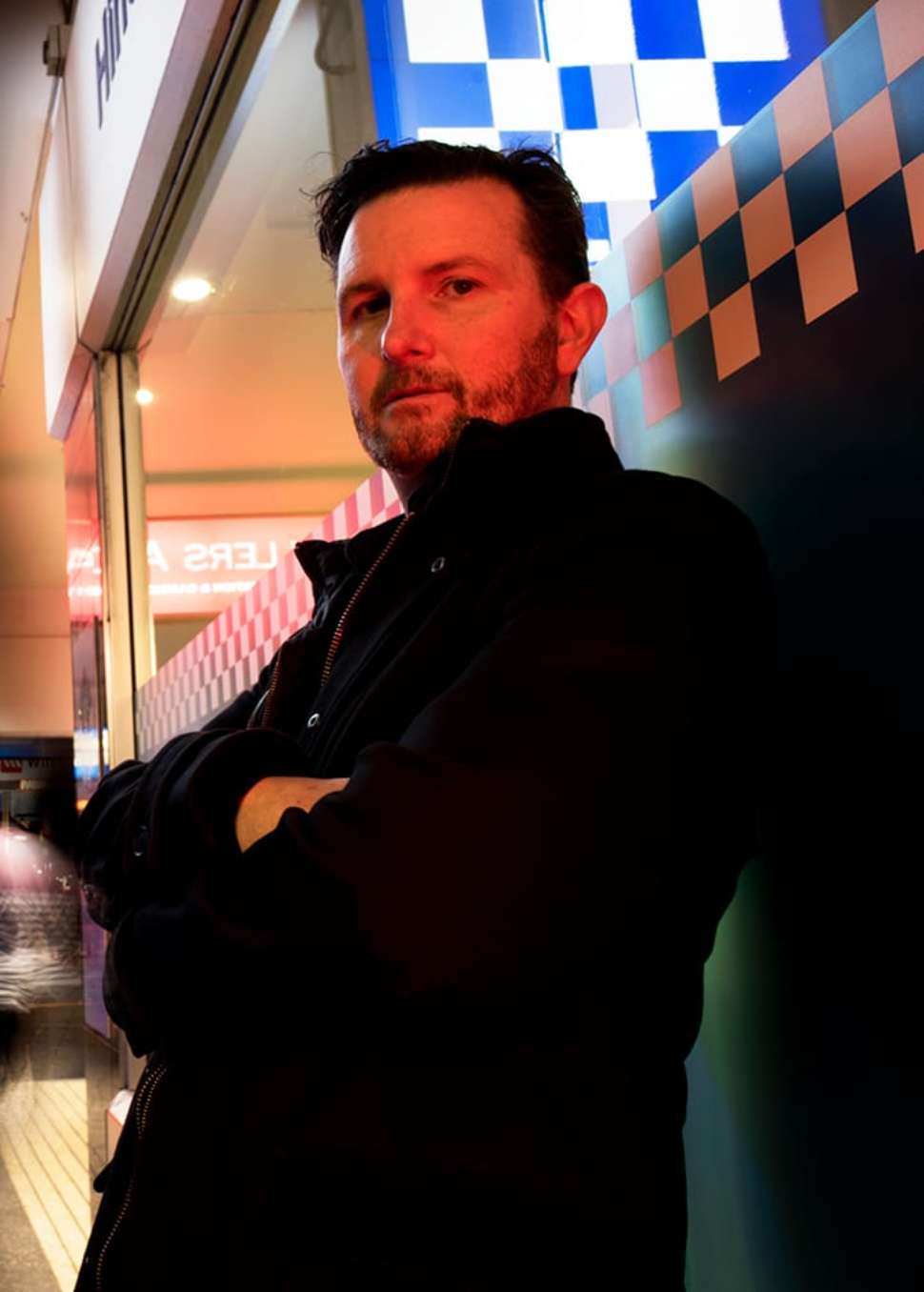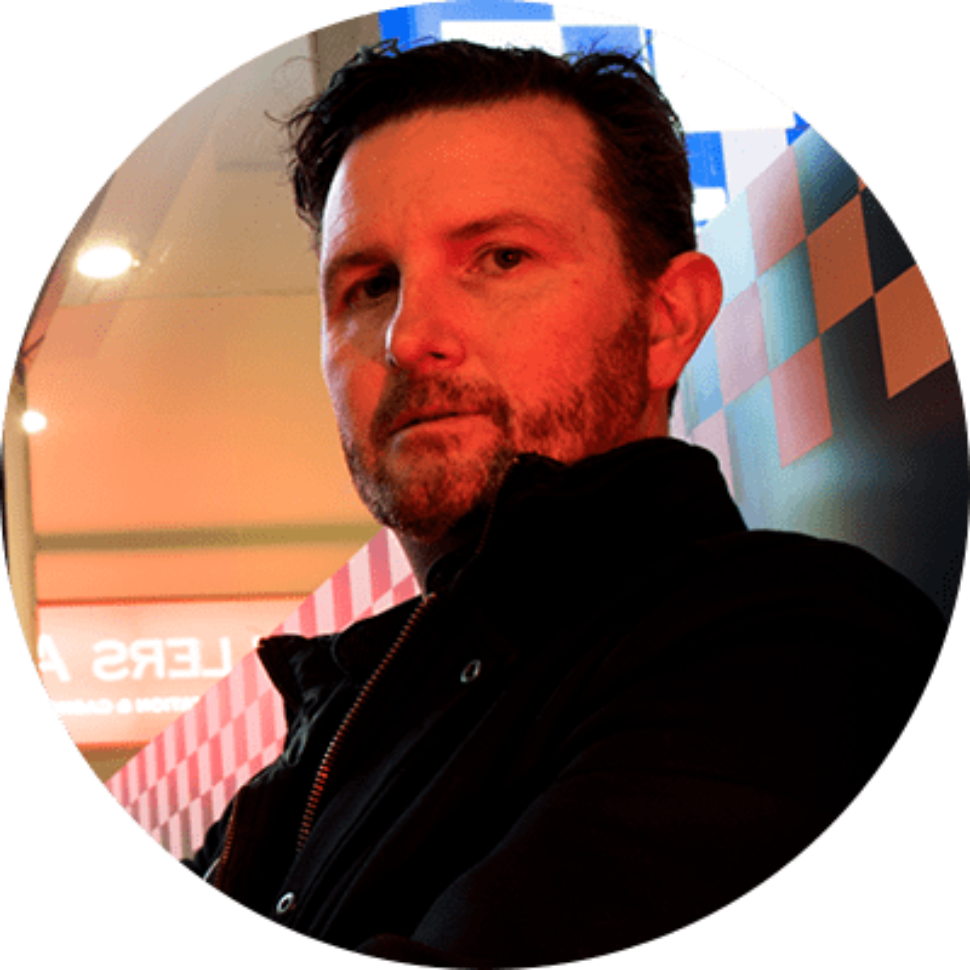Institutes & Centres
Decades of work trying to understand the social structures and dynamics of organised crime is now providing invaluable insights into the terrorist networks that have come to dominate security concerns in the 21st Century.
While there are similarities in the way the two function, there are also crucial differences that highlight the challenges of fighting them effectively.
Associate Professor David Bright is Director of the Flinders Illicit Networks Lab which conducts groundbreaking research using social network analysis to study organised criminal groups and terrorist groups. He is also Deputy Director of the Centre for Crime Policy and Research at Flinders University and Research Section Head for Criminology.
Associate Professor Bright began his career as a forensic psychologist before turning his attention to law enforcement interventions in the methamphetamine trade. What he found there piqued his interest in the structure of organised crime in general – specifically the networks that sustain it – and that has been his focus ever since.
“Social network analysis has been a key conceptual framework and an important methodology and analytical approach in my research,” he says. “It’s about the way people collaborate with each other in some type of an illicit activity, whether that’s drug trafficking or terrorism.”
Crime networks share many of the attributes of big business in their drive for profits.
“These networks are focused on the efficiency of their operations – how well they can do what they do and how quickly they can make money,” Associate Professor Bright says. “But they need to balance the efficiency of their operation against the overall need for security, because they’re operating in the dark, shadowy world of illicit trade. They need to make sure they make their money, but at the same time they don’t want to be detected and exposed.”
This keeps the networks much smaller than their multimillion dollar turnovers would suggest.
“Questions of trust are difficult and fraught,” Associate Professor Bright says. “The more they try to expand their networks, the more that they risk allowing someone into their organisation who is either going to inform on them, or who might be an undercover operative, or part of some rival operation. So the networks tend to be pretty small – in the dozens rather than the hundreds.”
In terrorist organisations priorities are slightly different.
Even with their desire to remain undetected, the profit motive means criminals will sacrifice some security for efficiency. Their networks need to work as ongoing concerns – importing drugs over and over again, for example – whereas a terrorist network only needs to do what they do once in order to achieve their aim.
“They only need to step into the light and engage in operations once. For example, planting a bomb or highjacking a plane,” says Associate Professor Bright. “So they prioritise security over efficiency and tend to operate in networks with a chain-like structure. It is not as efficient, but if they move slowly that’s not a major problem to them.”
That is not to say that organised crime networks don’t provide clues on how to tackle terrorism.
“In some of the work that we've done here in Australia mapping the neo-jihadist network across the past 20 years, we found that many of the groups who've engaged in either terrorist activity or planning for terrorist activity are all connected in one way or another.”
“So it's actually one big network, connected across the country, but connected asynchronously – in other words, some of the groups were operating and planning at different times, but there are still interconnections between these groups across time. And these links facilitate the transmission of ideas and strategies.”

Associate Professor David Bright
Associate Professor Bright's work has focused on the best way to disrupt these networks.
His research has questioned whether it is a better strategy to take the most highly connected individuals out of the network, or to target so-called “brokers” – individuals who connect other people together.
“These brokers might not be really well-connected,” says Associate Professor Bright, “but they're in a very strategic position in the network. And what we found using computer modelling is that targeting those brokers is the most effective, and produces the most disruption to the network over time.”
Targeting brokers also, to some extent, overcomes attempts by organisations to adapt by replacing members who had been removed.
“We were able to show that even taking into account network adaptation – for example replacing actors who are arrested – that this brokerage targeting strategy was the most effective in dismantling and disrupting the network.”
One of the greatest obstacles to this sort of research is access to relevant and timely data. The most helpful is in the hands of law enforcement but is, for many reasons, usually very sensitive.
“Most of the work that I have done has been on historical data that's been through the courts, for example, and is no longer considered sensitive,” says Associate Professor Bright. “So often the snapshot of what you're looking at is a little old.”
"And there are obviously questions as to what extent we can generalise from a study of a network that operated in the 1990s to more contemporary contexts?”
Slowly, there are signs that law enforcement is beginning to see the benefits of working more collaboratively with researchers such as Associate Professor Bright, a lesson that comes the long way around from the September 11 attacks on the US.
“One of the things I think the world learned from 9/11 is that when law enforcement agencies both within and across countries are not sharing information and cooperating with each other, important information slips through cracks and can lead to pretty bad outcomes.”
“Law enforcement cooperation within a federalism like Australia is vital, and we do have good cooperation and collaboration between agencies. And Australian law enforcement is also doing a good job of building collaborations with key international agencies, like Europol, for example, and Interpol.”
Building trust between criminologists and law enforcement is, however, a work in progress.
“My career over the last 15 years has been primarily aimed at trying to do just that. It's about building relationships and that’s incremental because law enforcement agencies are, and justifiably so, suspicious of outsiders.”
“But I think the collaboration between law enforcement agencies and researchers in this space is key. The Canadians and the Dutch do it really well. Australia is a little bit behind. But when I see work that comes out from researchers who have developed deeper cooperation and collaboration with agencies and can get access to sensitive data, the quality of the work is extremely compelling.”
Article published on 13 November 2020
You may also like
Reckoning with history
Narungga woman Dr Natalie Harkin comes from a “three mission history” – that’s the number of times her family were uprooted and shunted from one state-run Aboriginal settlement to another.
Learn moreSubmerged world beneath the waves.
Suddenly, the boundaries of how we study Australian history dramatically changed with the discovery of Aboriginal stone tools located on the Pilbara seabed.
Learn moreRed alert on the cyber battlefront
The days when the threat to our democracy came solely from tanks, ships and fighter aircraft have long gone. Digital technologies these days have the ability to destroy trust in our institutions without a physical shot being fired.
Learn more![]()
Sturt Rd, Bedford Park
South Australia 5042
South Australia | Northern Territory
Global | Online
CRICOS Provider: 00114A TEQSA Provider ID: PRV12097 TEQSA category: Australian University













